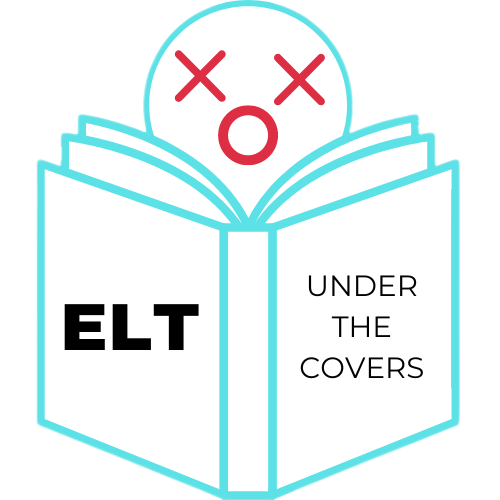What is DOGME? DOGME is a teacher-driven method, the idea that teachers should be given more space to teach with greater independence and imagination. A flexible approach to curriculum delivery – putting student-centred authentic learning experiences ahead of a pre-determined course and emphasizing the ‘safe’ classroom atmosphere. Based on a blog post by language education author Scott Thornbury
#DOGME #DOGMETeachingMethod #ScottThornbury
In the Teaching Methodology Exposed series, we take a look at notable language-teaching methods which have influenced us and wider education. We, as educational professionals, explain the history and rationale behind these methodologies and analyze a real class example to better weigh each method’s pros and cons as an effective teaching approach.
Video Chapters:
Introduction and Overview of Dogme Teaching (00:00 – 00:39)
Introduction to the concept of giving learners control over the content and direction of the lesson.
What is Dogme in Language Teaching? (00:39 – 03:00)
Explanation of the Dogme approach, its uniqueness, and how it contrasts with traditional methods.
Deep Dive into Dogme: Theory and Practice (03:00 – 07:30)
Detailed discussion on the theoretical foundations of Dogme, including its focus on emergent language and conversation-driven teaching.
Classroom Demonstration: Dogme in Action (07:30 – 14:30)
A practical example showcasing how Dogme is applied in a classroom setting, focusing on student interaction and improvisation.
Analyzing the Dogme Approach (14:30 – 23:00)
Reflecting on the effectiveness of Dogme, including insights from Scott Thornbury and practical considerations for teachers.
Challenges and Adaptations of Dogme (23:00 – 28:00)
Discussion on potential challenges of implementing Dogme and how teachers can adapt the approach to different classroom environments.
Advanced Insights: Implementing Dogme in a Curriculum (28:00 – 33:00)
Exploration of how Dogme can be integrated into a broader curriculum, considering institutional constraints and learner needs.
Conclusion and Final Thoughts (33:00 – End)
Summary of key points, reflections on the benefits of Dogme, and encouragement for teachers to experiment with this method.
Recommended materials on DOGME:
https://amzn.to/3A9v3Rb
